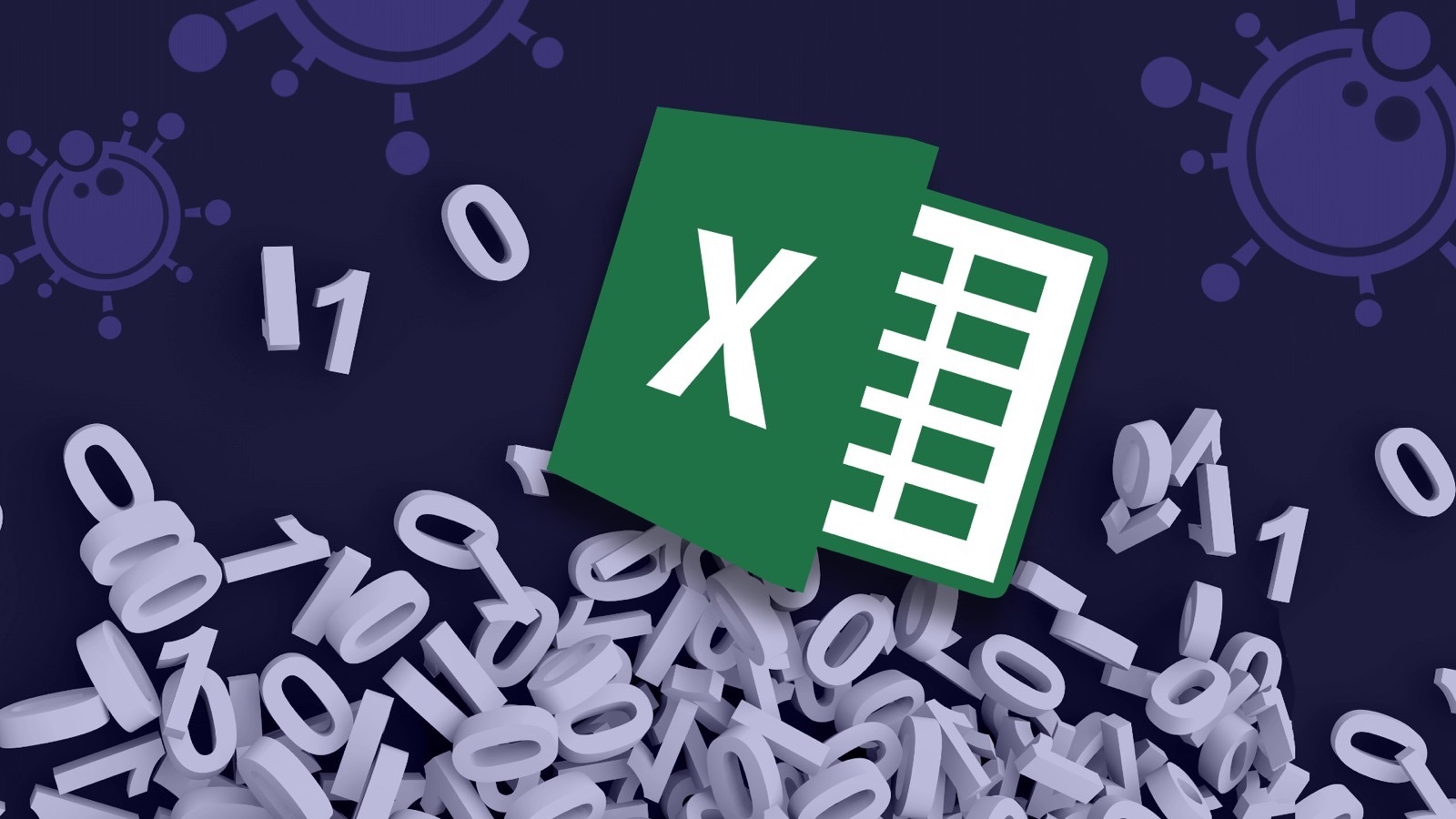

- #Uses of microsoft excel in business scholarly source how to#
- #Uses of microsoft excel in business scholarly source full#
When working with Microsoft Office Excel files, keep the following in mind:

#Uses of microsoft excel in business scholarly source how to#
“ERASERS”) will match the same cells and return the same value.Understanding how to use Microsoft Excel files in ArcGIS “erasers”) and an upper case string (e.g. Criteria that include a lower case string (e.g. One behavior of COUNTIF functions to be aware of is that it disregards upper and lower case strings. RELATED: How to Use the FREQUENCY Function in Excel =COUNTIF(A2:A5,"long string"&"another long string")
#Uses of microsoft excel in business scholarly source full#
You can avoid typing out the full function by simply using an ampersand (&), as demonstrated below. To fix this, use the CONCATENATE function to match strings longer than 255 characters. If your COUNTIF formula uses criteria matched to a string longer than 255 characters, it will return an error. Note, this formula uses COUNTIF twice since there are multiple criteria being used, with one criterion per expression. This counts the number of erasers and pens.

the total of pens and erasers in our inventory chart), you may use the following formula. To count the number of multiple values (e.g. RELATED: How to Count Colored Cells in Microsoft Excel How to Count the Number of Multiple Values Or you can use operators with numbers inside of quotes to determine results, like "<100" to get a count of all numbers less than 100. You can also count the number of times a specific number appears by putting the number in the criteria argument without quotes. So in our example, we want to count the number of times “Pens” appears in our inventory, which includes the range G9:G15.


 0 kommentar(er)
0 kommentar(er)
